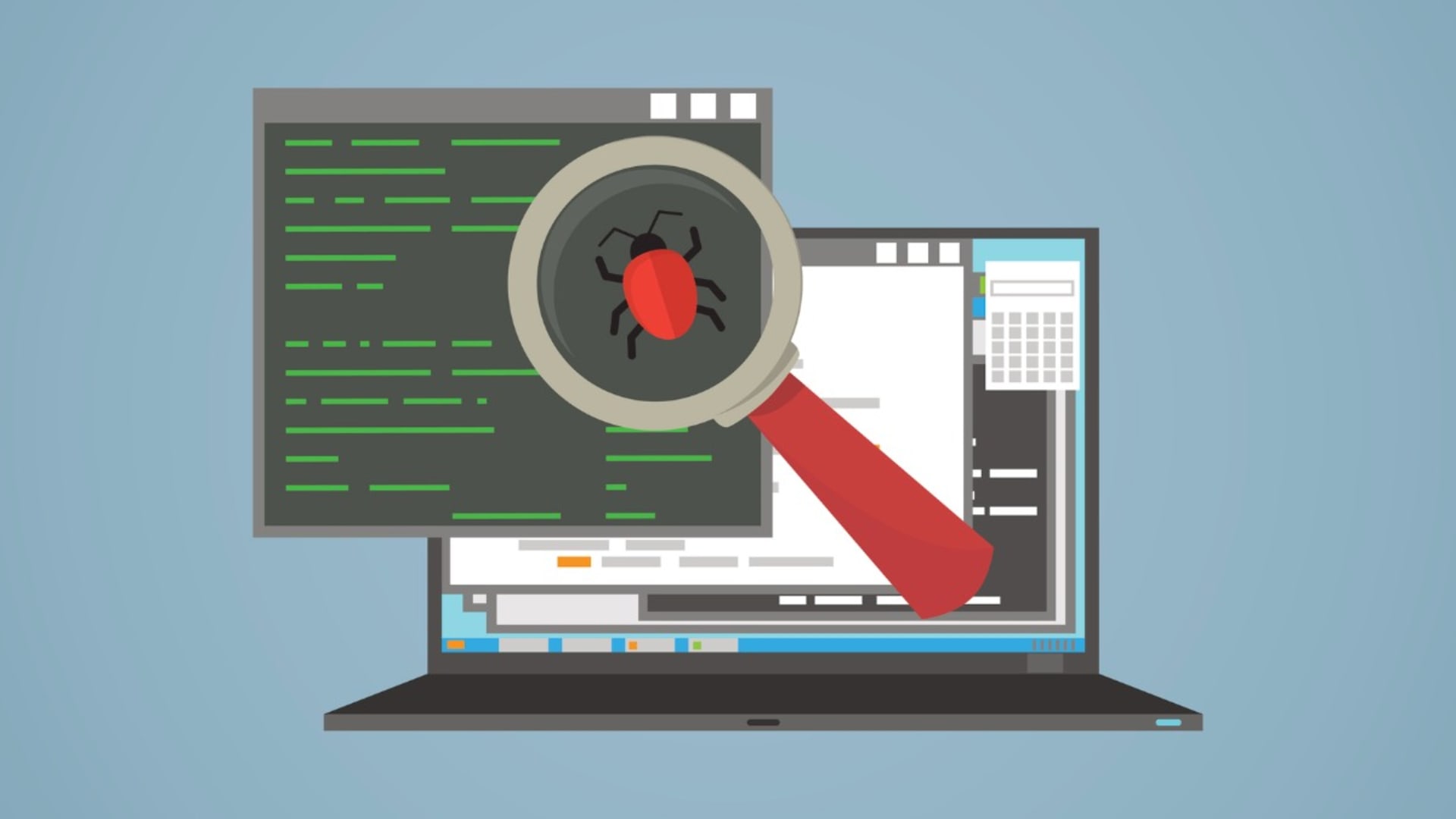You’ve probably been seeing the terms “digital transformation” and “digital acceleration” a lot lately. They refer to converting analog procedures into digital formats or changing business processes to accommodate new digital solutions. These transitions aren’t usually once-and-done events, but instead developments that happen over a period of time, often with multiple components.
To make matters more complex, a recent Harvard Business Review article suggests that, to achieve digital transformation, companies need competency in 4 areas: technology, data, process, and organizational change capability. The article states, “Absent a deep understanding of each domain, it is difficult for nearly all business leaders to see the full potential in digital transformation.”
So, given these factors—as well as the needs of the business, customer expectations, market trends, and competitor actions—how should you determine which digital solutions to adopt next? No doubt it’s a complex process that may take some time. But the following questions may serve as a starting point for determining your next big technology move.
What Do You Need to Fix?
For businesses, the COVID-19 pandemic served to shine a light on things that weren’t working well. One of the most talked-about examples is the capacity for employees to work from home. Others include website capabilities, delivery options, and customer care quality. Think about what problems emerged during this time and what might be done to address them. For instance:
- Cloud-based document storage, sharing, and communication solutions can help build a work-from-anywhere environment that employees can use as a standard or on an as-needed basis.
- An eCommerce website is great, but it’s no longer the latest and greatest tool for serving customers. Companies should think about moving beyond eCommerce to a full self-service online platform that includes features like invoice payment and order checking capabilities, especially for B2B customers.
Like many companies, yours may have experienced supply chain disruptions during the pandemic. Software solutions are available to help you more closely track supply chain activity and discover alternative resources when needed. The following video explains the basics of supply chain disruption during the pandemic:
- Many customers who weren’t already doing so began taking advantage of delivery and curbside pickup options during the pandemic. Maybe your company put together a solution, but how robust is it? Streamlining the process will give customers a reason to continue doing business with you.
- “Empathy” is another term you may be hearing a lot these days. That’s because it’s more than just a buzzword. Customers love empathetic customer care, and the right technology along with customer-centric processes can help you deliver it more smoothly.
What Do Your Customers Want?
Speaking of customer needs, yet another important concept in business right now is customer experience (CX). That’s the feeling customers have based on the totality of their interactions with your company regardless of how or why they engage with you. While there is a limit to how much control you have over their emotions, there is also much you can do to positively impact them, and many of those solutions are technological.
The full self-service platform mentioned above is a good example. When you make it easy for customers to seamlessly perform any action, you make their lives simpler and they see you as a partner, not just a vendor or service provider. That’s the kind of CX you should be moving toward.
Another aspect of CX that technology can help with is the seemingly simple matter of what products and services customers are interested in. By gathering and analyzing data about them and their habits, as well as your competitors’ offerings, you can discover what’s working well and what may need to be changed.
Where Are You Lagging Behind?
Areas in which your competitors are winning are good indicators of where you may be lagging behind. For example, in the retail space, perhaps other stores with similar offerings are using beacon technology to transform their physical environments and better serve customers. In the manufacturing space, maybe the competition is using robotics or Internet of Things (IoT) devices to their full advantage.
While these shifts may not be appropriate for your company, they’re a good starting point for discovery. Keep in mind that some technologies and processes might not be suitable for your situation today but may be at some point in the future. Start to plan now or take small steps in a direction to provide a proof of concept (POC) for later changes.
How Can You Take Advantage of New Technologies?
So many technologies are emerging now that it’s hard to keep track. Take the time to examine any that seem like likely candidates for your type of business. Then, look beyond to technologies that don’t seem like a good fit at first glance and think of innovative ways they could be deployed. Here are just a few examples of the technologies that are making headlines now:
- Blockchain: a decentralized digital ledger that can track anything that requires trust between participants, including purchases, contracts, and voting
- Cloud computing: computing operations that take place at a location separate from users’ physical location
- Data analysis: using artificial intelligence (AI) to derive meaningful patterns from large amounts of data
- IoT: anything with a sensor on it that can send data to a centralized computing device to perform data analysis
- Edge computing: computing operations that take place close to where data is generated, especially in IoT devices
- Low-code/No-code development: a process for creating proprietary software that requires no knowledge of programming languages
- Robots: machines that perform certain tasks and respond to automated commands
Your Next Big Technology Move Can Start Small
Remember, digital acceleration doesn’t have to happen all at once. Start with small projects that show whether a technology will work well for your company. Another helpful piece of advice for this process comes from the Harvard Business Report article: “Digital transformation can and should be focused on problems of greatest need to the company.” Determine your current goals and use digital acceleration to support them.









